Hatching and rearing your own chicks from eggs is an incredibly exciting and rewarding process. There is nothing better than seeing your tiny chicks grow up in the knowledge that they are getting the best possible life from start to finish.

Lewis Wescott's broody hen rearing some lovely healthy chicks in her Eglu Classic and Run
Where Do I Get Fertilised Eggs From?
You can get fertilised eggs from lots of different chicken breeders and/or farmers. The easiest way to find fertilised eggs for sale is to do a quick search online. You will find dozens of sellers who will send you fertilised poultry eggs in the post via a courier or special delivery service.
How Much Do They Cost?
Fertilised eggs will usually cost between £0.80 - £2.00 depending on the breeder and the breed of chicken (with rarer breeds costing more).
Incubation Period
The incubation period for chicken eggs is usually 21 days. The most reliable way to incubate your fertilised eggs and maximise the chance that they will hatch into healthy chicks is to use an artificial incubator. We stock a variety of Egg Incubators such as the Brinsea Mini Eco Incubator which is perfect for most hobbyists. It incubates approximately 10 eggs.
Most incubators will automatically turn your eggs but some will not. If your incubator doesn’t have this function then you will have to turn the eggs 5 times a day yourself.
Another option is to put fertilised eggs under a broody hen. If you have some hens then you may have already experienced one of your hens going broody. For more information on broody hens click here. Putting fertilised eggs under a broody hen is less reliable but is a much more natural way to rear chicks. The hen will adopt the chicks as her own and you will have a very cute chicken family.

Turning the eggs inside the Brinsea Mini Eco Incubator
Hatching Chicks
It’s a really exciting time when you see your first egg begin pipping. The anticipation as you wait with baited breath for the arrival of your chicks is incredible. The key here is not to rush at any stage and stay as hands off as possible.

A chick hatching from the shell
Pipping
The first step of hatching is called pipping. Pipping occurs when the chick breaks a small hole in the outside of its shell. At this time the chick is still classed as an embryo because it is not fully developed or ready to hatch. The following 8 - 18 hours allow the chick’s body to make some final developments for the outside world. The chick’s body will absorb the remains of the yolk sack and its lungs will adapt to the change in air pressure. At this stage the egg may roll around slightly and you may also be able to hear the chick making chirping sounds.
Zipping
Zipping occurs when the chick begins to turn inside the shell and seemingly unzips the end of the shell to prepare for its escape. Zipping can occur as quickly as 30 minutes or as long as… Well as long as it takes really. You need to wait patiently, check progress regularly and allow the chick to do its thing. If your chick has started zipping but looks like it is stuck half-way through then it may be necessary for you to assist it, for more information on when it’s necessary for you to assist with hatching click here. The final stage of zipping is when the chick breaks free and this is when the hatching process is complete.

A healthy young chick hatching out of its shell
When Should You Assist the Hatch?
The correct time to assist the hatch of an egg is very difficult to judge, which is why it is recommended that you only consider assisting if it is your absolute last resort. Some chicks may struggle to escape their shell themselves if the shell is abnormally thick, but others may have genetic problems causing weakness or even deformities. Just remember that it is incredibly important that the hatching chick is given as much time as possible to fully absorb the yolk. The yolk helps the chick’s vascular system shut down, and for the chick to complete the normal physiological processes of hatching.
Taking Chicks Out Of The Incubator
It is best to wait for all of your eggs to finish hatching before you take any of the hatched chicks out of the incubator. Taking chicks out will disturb the environment and may prove detrimental to the hatching process of the others who aren’t quite as quick to break free. A newly hatched chick can survive without food or water for 3 days but don’t wait that long if you are still waiting for eggs to hatch. A good time limit is 12 hours, this is usually enough time to allow the other chicks to catch up and is around the time you may need to start thinking about assisted hatching.
Sexing Chicks
Sexing newly hatched chicks based on their physical appearance is near to impossible and most hobbyists won’t know the sex of their chicks for a good few weeks. Of course many of us will have our hunches or you may hear about a neighbor's method that has been a sure fire check every time.
Comb
It starts being possible to tell the difference between male and female chicks based on their combs between 2-3 weeks old. Males will have a larger and more prominent comb than females. The easiest way to do this is to compare two chicks at the same time until you find one that is noticeably different. Whether the different one has a smaller or larger comb they can now be used as your reference for a (assumed) female or male chick to compare the rest of the chicks to.
Posture/Attitude
Many of us believe we can spot an overconfident boy in our new clutch of chicks based on their posturing or over confident behaviours. This is certainly not a foolproof method but is a good characteristic to look out for and when added to other factors may paint a clearer picture.
A much more reliable method based on posture that usually only happens when the chicks are well into adolescence (4-5 months old) is the submissive squat. This is the posture that a hen will assume to be mated by a cockerel.
Crowing
Male chicks may give away their gender by beginning to crow as early as 3 weeks old. Females may also attempt to crow but this is fairly unlikely and their crows won’t be as powerful or charismatic as a male. Again, this is not foolproof but is a factor that should be taken into account.
Feathers
Some breeds of chicken have been bred to be fast feathering females and slow feathering males. It is possible to sex these chicks up to a maximum of 48 hours after hatching based on their wing feathers. In males the primaries and the coverts (wing feathers) will be almost the same length but in females there will be a more noticeable difference in length.
Legs/Feet
In some breeds of chicken the legs of the male chicks will start to thicken up from an early age. You may also be able to spot small spurs developing on the back of your young cockerel’s legs.
Vent Sexing
The most commonly used commercial method for sexing chicks as young as 1 day old is called ‘vent sexing’. We strongly discourage any amateur chicken keeper from trying this as it can cause severe injuries to the chick if done improperly. The people who do this commercially are professionally trained in doing so which means you are unlikely to be able to sex your chicks even if you do the method correctly. In a nutshell the method involves inspecting the inside of the chicks vent for a very small lump (to signify male) or no lump (to signify female). As said before, please do not try this without proper training as you are likely to injure or even kill your chicks and you still probably won’t know if you have boys or girls.
Vaccinating Chicks
There are a number of vaccinations available for chickens and it is becoming increasingly common for hobby chicken keepers/breeders to have vaccinated birds. For more information on the vaccines available and how to make sure your chickens are vaccinated click here.




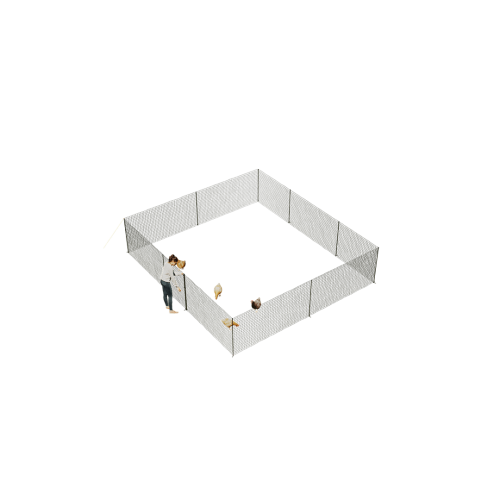








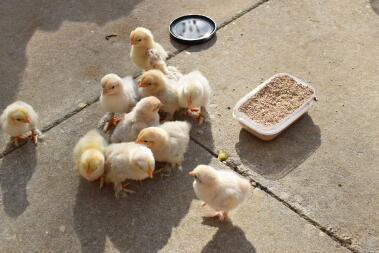
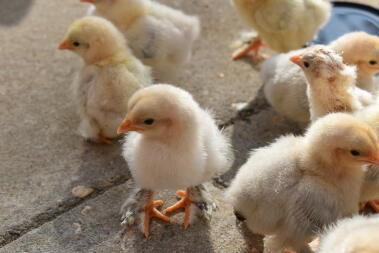
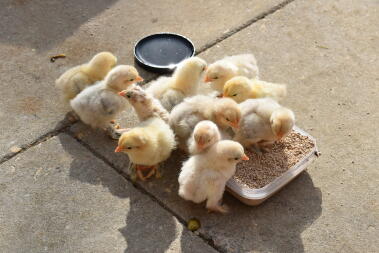
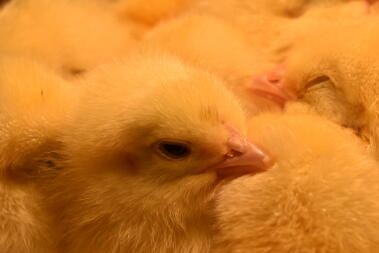


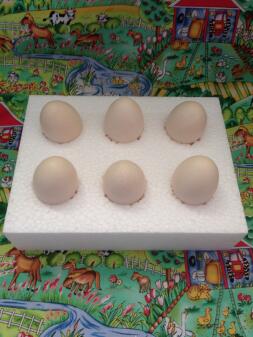
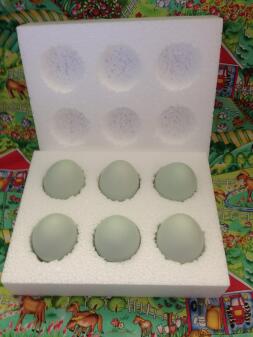
Comments
Claire, 5 March 2021
Do you know of a company who rent out eggs and incubators for private domestic settings. Or anyone who just hires out incubators?
Jake, 7 January 2020
Nice